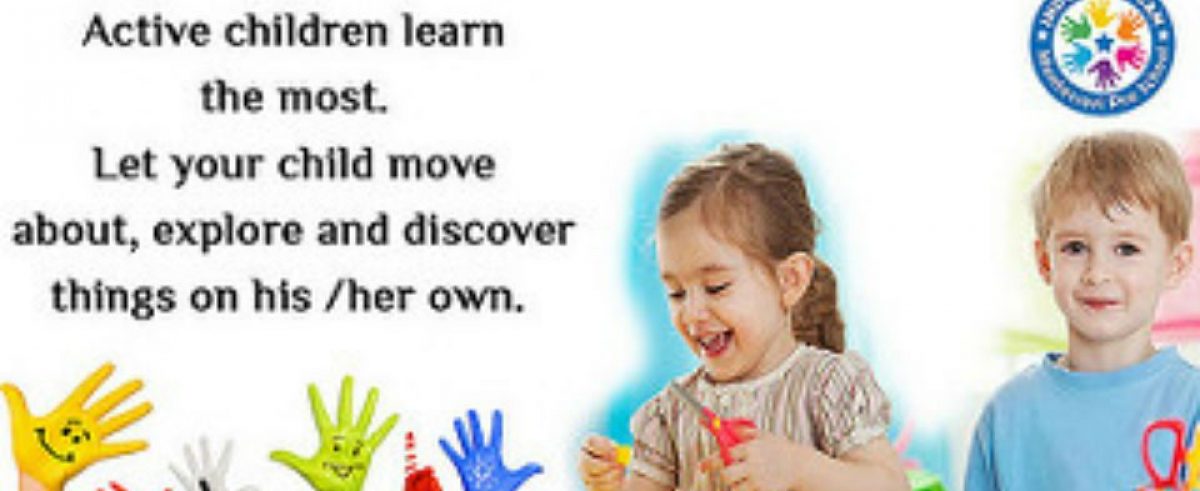Familarise yourself with First & Second Level Health and Wellbeing Experiences and Outcomes.
develop my self-awareness, self-worth and respect for others
Plan 3 lessons to develop at least one of the E’s & O’s.
Linked to the E and O:
By investigating food labelling systems, I can begin to understand how to use them to make healthy food choices HWB 2-36a
I would organise a lesson which would include asking the children to bring in packaging from home, I would also provide packaging from home and any resources within the school – the packaging should include the ingredients as well as the nutrition facts/serving facts on the labels. The packaging brought in can be a mixture of health and unhealthy foods.
With the packaging brought into school, the packaging will be scattered around the tables and in pairs, working in a group, they must decide if the food contained within the packaging is healthy or unhealthy. There will be an area within the class to place the packaging into a healthy area and unhealthy area. As a whole class, we would discuss and talk about the foods in each area allowing children to justify why they think it’s healthy or not.
The aim of the activity would be to identify the foods that we as a society we think are healthy and in fact they may contain higher sugar and fat content than foods we see as being unhealthy. This will allow pupils to make decisions about healthy eating by knowing where to look, what the labels on packaging tell us and allow them to make healthy choices.
Linked to the E and O:
I can understand how advertising and the media are used to influence consumers HWB 2-37a
To allow children to understand how advertising and the media are used to influence people I would have on each desk a picture printed on their desk. Firstly, within pairs they will discuss ‘What they see?’ – related to healthy foods and fitness thinking about the objects/person in the picture, ‘what do you think the picture is telling us?’ allowing children to feel confident to discuss their thoughts with their partner. After this, I would like to ask the children to come up with where they might see these pictures that are in front of them. Lastly, I would ask the pupils to design their own logo or brand using different materials, fabrics, paints, pencils, pens, that they think that may attract people to buy their product and why. They will then present their idea to the table and try as hard as they can to try sell their product/tempt their friends to buy it.
This activity will help children understand the importance of advertising and media have on society to buy what we think may be healthy as well as the branding/ people who support or advertise products.
Linked to the E and O:
Through exploration and discussion, I can understand that food practices and preferences are influenced by factors such as food sources, finance, culture and religion HWB 2-34a
I would prepare and organise a food tasty activity that would include foods from different countries. Before organising this, content forms would need to be sent to parents that include the list of foods that will be used – for culture reasons, allergies or other reasons.
This activity would allow children to explore foods from all different countries they may have not tried before and discuss if they like it or not and why? This activity could include discuss about where the food comes from, how and where they think it grows and how much do they think the food would cost to buy. This will allow children to feel confident in exploring and discussing their likes and dislikes of foods from trying it within the food tasty activity.
Which other curricular areas might be a large focus with these planned activities?
Literacy
Numeracy
Art
Drama
ICT
Social Subjects
Science


